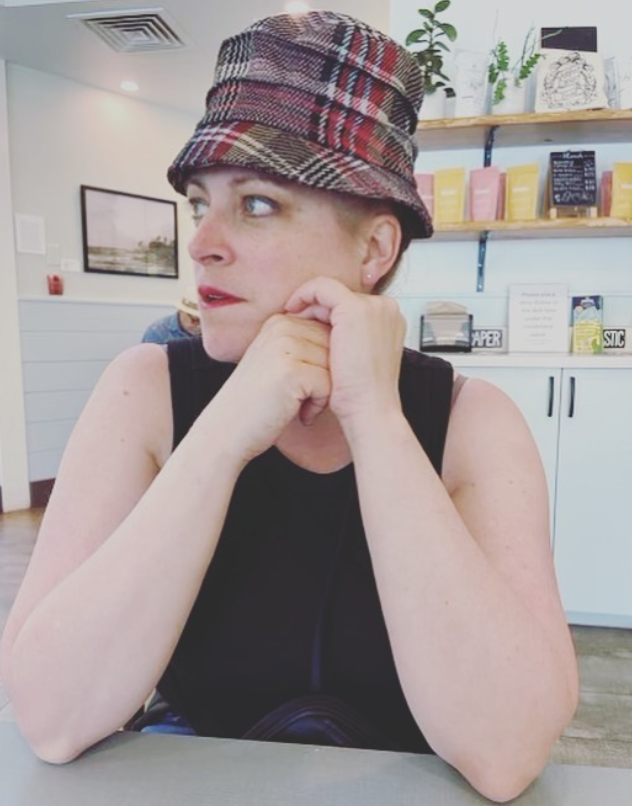Cameron Says, “Let Those Levels Go!”
This is just a short message of encouragement for our reading teachers.
Let those levels go.
What am I talking about?
Reading levels and leveled books.
When students are learning how to read using explicit and systematic phonics instruction, they are taught to decode words and recognize a growing number of high frequency words. Students practice their skills with decodable passages or books. These books and passages are considered decodable because they contain all the grapheme/phoneme correspondences (letter/sound combinations) and high frequency words that students have learned, so far, in their phonics instruction. There are no other words of higher complexity. There are no surprises. Pictures are not needed to decode words. Students build confidence and fluency reading these decodables.
Leveled books are not aligned to explicit and systematic phonics instruction and high frequency word lists. Instead these books contain words that include grapheme/phoneme correspondences (letter/sound combinations) and high frequency words that students have NOT learned, so far, in their phonics instruction. This means that instead of using their phonics knowledge to decode words, they need to rely on context clues in the sentence, a predictable pattern or picture cues. Students are practicing in text that is not supported by the phonics instruction and decoding skills they have been learning. There is a mismatch between practice and skill application.
Best practice is to align phonics instruction with phonics practice using decodables. This is critical in the early stages of learning to read and for students who are struggling with decoding in higher grade levels.
When students move beyond phonics instruction, they no longer need to practice with decodables.
Until then, “let those levels go!”
I admit a Ferris Bueller’s reference is a bit of a stretch, but that’s how my mind works. The image of Alan Ruck as Cameron saying, “Let those levels go!” made me smile and I hope you smiled too.
Until Next Time,
Brandi

